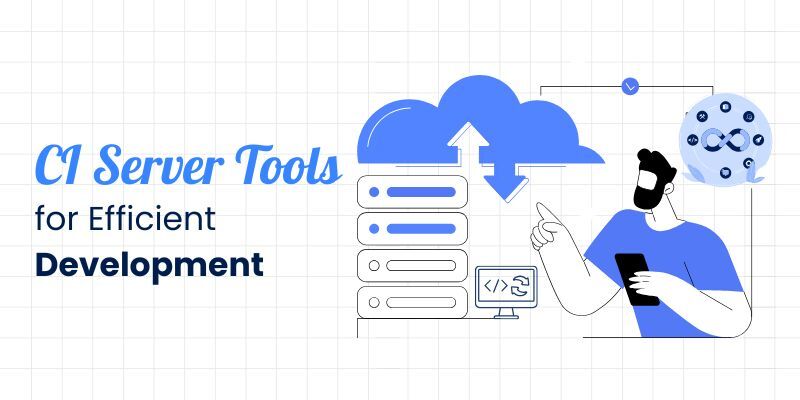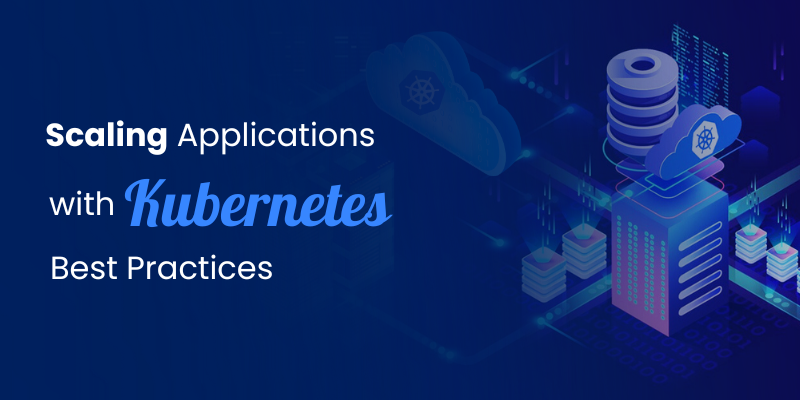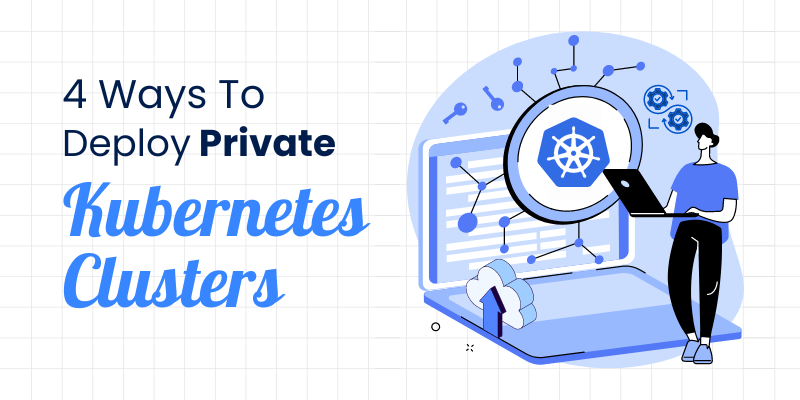
Today every company aspires to have an accelerated product release cycle. Not just to let things stay in the form of ideas, but to formulate them into new product features, and make them accessible to the customers.
Gone are the days when different parts of code had to be manually integrated and tested, and we ended up with too many errors. Organizations are embracing methodologies that implement CI/CD pipelines.
What is CI/CD Pipeline?
CI/CD is a software engineering approach to inject automation into the software development cycle. From integrating the codes in the repositories, feeding them into the pipeline, to subjecting them through a string of tests, to ensure it’s error-free. This process demands both the development and operations teams to work together, to enable faster deliverability of the product.
Breaking the CI/CD pipeline mechanism into three parts:
- Continuous Integration- This is the part where codes from their repositories are integrated and put in a centralized location(build).
- Continuous Delivery- In this step, the built code is subjected to various performance, security, and usability tests. Once the code passes through all these tests with a clear report, this can be deployed with a trigger or button. Though, Deployment requires human intervention.
- Continuous Deployment- This is when the code passes all the tests, and after an all-clear report, it is deployed straight into the production environment without human intervention. Note, consider the step when you are totally confident about test reports.
Most Commonly Observed Challenges in the CI/CD Pipeline Implementation
Service Performance Issues
Although CI/CD Pipeline solves the issues that accompany code integration, it still doesn’t solve the purpose from the business aspect. Elaborating further, automation helps us by converting manual tasks into programmatic tasks, where every new code stored in the repository is integrated with the existing code following certain tests.
However, the important question here is, how are the errors addressed by the delivery teams? These errors are nothing but the inconvenience faced by the end-user if not fixed. Faster-to-market model is not limited to delivering any feature or functionality faster but extends beyond accessibility to encompassing service quality.
It always becomes a challenge to the engineering teams, where the tests are conducted in simulated environments, they are ‘symbolic’ to user experience but do not provide us with the actual user experience data.
A possible solution would be to store the reports of recurring red flags, pay attention to the high change failure rates, and hold a risk-averse attitude while managing CI/CD responsibilities. These approaches are instrumental in maintaining service quality.
Need for Orchestration in Software Development Lifecycle
CI/CD pipeline processes are highly automated. To put it simply, the CI/CD pipelines do automate many processes, yet they still require manual inputs at every step. Though the integration of codes is automated, there is human intervention before the CI artifacts are available for conducting further tests. Some manual work is also required before qualifying any software as bug-free.
For the engineering teams to bring better strategies for enhanced user experience, it is essential for them not to get stuck with these manual tasks. Rather than spending their time plugging gaps between the automated processes, if we introduce orchestrated workflows in SDLC, they can be freed from tedious tasks and focus on the business’s core objectives.
Being Data-driven
As much as important it is to bridge the gap between the different automation processes and break siloes among different engineering teams, it is also essential to make information accessible to every stakeholder. The CI/CD pipeline should be built with the motive of pulling information across different systems and making them accessible to everyone, thereby helping in decision-making.
Implementing data as a part of the CI/CD pipeline, where from the device of the developer through the entire process of the pipeline, the report made at every step gets considered. This increases the chances of the overall success rate of better deliverability.
Overcoming Security and Compliance Issues
Referring to this recent report by Statista, the average cost of a data breach worldwide is estimated at $ 3.86 Million. In addition to that, nearly 51% of organizations are paying a hefty ransom after a ransomware attack.
This brings us to the point that the majority of organizations are either not prioritizing security or are very inefficient in incorporating security into their software development process.
If you remember in the year 2021 when hackers gained access to one of the servers of Jenkins, through the deprecated Confluence service, to install a cryptocurrency miner. (reference)
Security is an important aspect in every stage of development. DevOps has evolved to become DevSecOps, where everything is the same but now every stage of development includes Security. Incorporating security features in the CI/CD pipeline ensures protection against any form of data breach.
Implementing Platform Engineering Practices
The evolution of Platform Engineering came as a solution to address complex issues like resource coordination, service discovery, container orchestration, and usage reporting. Similarly, when dealing with CI/CD pipelines, they need to be built in a way that gives a comprehensive 360-degree view of the pipelines.
This is when you are deploying a new update, a proper synopsis should be made to understand how far the update is effective in delivering a better experience or is it working as a regression to the existing model.
Summing up all…
With all that being said, to simplify CI/CD implementation it can be hugely beneficial if we bring into the picture an intuitive platform. To support us with features like comprehensive observability, an easy user-friendly dashboard containing all the monitoring reports, history, and analytical reports for better flow of information across all departments.
It literally takes a village for smooth performance deliverability in CI/CD Pipelines. As truly as a DevOps approach is defined, any form of siloes present in working on the Software development life cycle can hugely impact the promises of better service deliverability.



